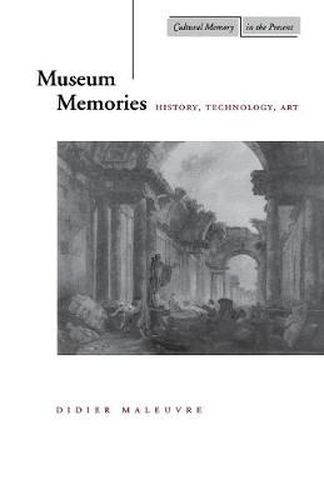Readings Newsletter
Become a Readings Member to make your shopping experience even easier.
Sign in or sign up for free!
You’re not far away from qualifying for FREE standard shipping within Australia
You’ve qualified for FREE standard shipping within Australia
The cart is loading…






From its inception in the early nineteenth century, the museum has been more than a mere historical object; it has manufactured an image of history. In collecting past artifacts, the museum gives shape and presence to history, defining the space of a ritual encounter with the past. The museum believes in history, yet it behaves as though history could be summarized and completed. By building a monument to the end of history and lifting art out of the turmoil of historical survival, the museum is said to dehistoricize the artwork. It replaces historicity with historiography, and living history turns into timelessness. This twofold process explains the paradoxical character of museums. They have been accused of being both too heavy with historical dust and too historically spotless, excessively historicizing artworks while cutting them off from the historical life in which artworks are born. Thus the museum seems contradictory because it lectures about the historical nature of its objects while denying the same objects the living historical connection about which it purports to educate.
$9.00 standard shipping within Australia
FREE standard shipping within Australia for orders over $100.00
Express & International shipping calculated at checkout
From its inception in the early nineteenth century, the museum has been more than a mere historical object; it has manufactured an image of history. In collecting past artifacts, the museum gives shape and presence to history, defining the space of a ritual encounter with the past. The museum believes in history, yet it behaves as though history could be summarized and completed. By building a monument to the end of history and lifting art out of the turmoil of historical survival, the museum is said to dehistoricize the artwork. It replaces historicity with historiography, and living history turns into timelessness. This twofold process explains the paradoxical character of museums. They have been accused of being both too heavy with historical dust and too historically spotless, excessively historicizing artworks while cutting them off from the historical life in which artworks are born. Thus the museum seems contradictory because it lectures about the historical nature of its objects while denying the same objects the living historical connection about which it purports to educate.